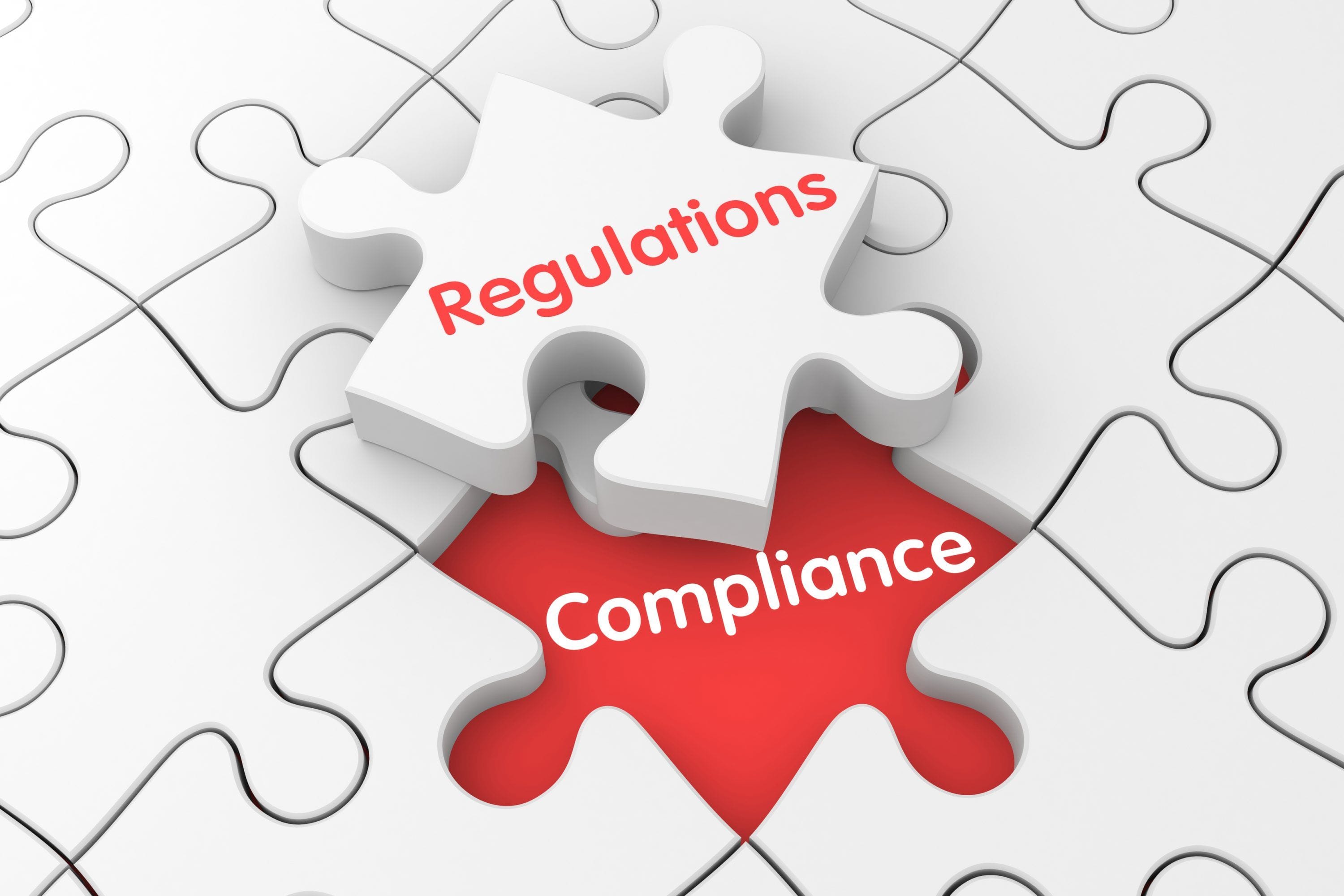Annual Fire Safety Statement Requirements
What is a Annual Fire Safety Statement (AFSS)?
A fire safety statement (AFSS) is filled out by the building owner (or nominated person, see further below) which confirms they have engaged a competent fire safety practitioner (FCF) to assess the essential services, or critical fire safety measures of their building, and this assessment confirmed that these checks/inspections have been met.
An Annual Fire Safety Statement (AFSS) also includes an extra statement from the building owner ensuring they engaged a competent fire safety practitioner (FCF) to inspect the building. The inspection includes fire extinguisher servicing, emergency and exit lighting servicing, fire pathways/ travel paths and more.

Some of the initial NSW Legislation is found in the following:
Environmental Planning and Assessment Act 1979
Environmental Planning and Assessment Regulation 2000
6 Good Practice Guide
GPG-04 V2 Fire Safety Statements — New South Wales
Who can write an Annual Fire Safety Statement (AFSS)?
How often do Fire Safety Statements (AFSS) need to be completed?
It is an annual requirement for building owners (or persons acting on their behalf) to issue an Annual Fire Safety Statement (AFSS) to local council. This confirms that essential fire safety measures in a building has been assessed by a competent fire safety practitioner (FCF) and was found, when assessed, to be capable of meeting the installation and routine testing standards.
This legislation prescribes requirements for:
The fire protection systems and equipment to be installed in buildings
The expected performance of fire protection systems and equipment
The ongoing need to maintain fire protection systems and equipment and compliance
A building may also contain critical fire safety measures and require the owner to submit a supplementary fire safety statement. Supplementary fire safety statements are required to be submitted more frequently than annually. The required period shall be stated on the fire safety schedule.
Each council can have a slightly different version of the Annual Fire Safety Statement (AFSS). The buildings location is how the council determines which building falls under which council and the correct format that the council will require.

Do I need to do fire extinguisher and other fire asset testing?
Fire Safety Maintenance
AS1851 is the Australian Standard that determines majority of the required routine maintenance. Another standard is AS2293 which determines the frequency of test and inspections for Emergency and Exit Lighting. Not all requirements are found in any one standard to meet the requirements of routine servicing of fire essential services in a building. This means that engaging a licenced fire service provider like FCF Fire & Electrical to complete the works is essential to ensure the requirements are met for compliance with the fire safety standard.
The responsibility lies with the building owner and the requirement to meet fire inspections and the fire safety assessment certification also is the sole responsibility of the owner.
The Building Owner’s Responsibilities for the Fire Safety Assessment Certificate (AFSS)
Ultimately the responsibility lies with the building owner as it is their premises and they have the overall responsibility of meeting compliance requirements. Tenants will have to allow access and be understanding of allowing the building owners chosen provider access to the building to perform the associated works with completing a Fire Safety Certificate.
Pathway and tenants blocking fire travel paths will require the building owner to ensure that their tenants understand the buildings requirements. If a tenant blocks or obstructs a pathway, then the building owner will have the responsibility. Part 9 of the EP&A Regulation specifies a general requirement for building owners to maintain essential and fire safety measures.
Clause 175 of the EP&A Regulation requires the owner to have a competent fire safety practitioner (FCF) to inspect and ensure that fire exits (and paths of travel to fire exits) are unobstructed.Fire Protection Service Provider
Does my service fire company have to have a competent Fire Safety Assessor?
Fire Service Providers are the tradespeople of the industry that perform the below:
Conduct periodic routine service activities, preventative maintenance on essential and/or critical fire safety measures
Maintain and repair essential and/or critical fire safety measures
Prepare condition reports
Undertake audits or inspections
Where do I submit a Fire Safety Assessor’s Form/Annual Fire Safety Statement (AFSS)?
Fire Safety Statements (AFSS) are submitted to the local council. Local councils also hold the power to issue infringement notices if the fire safety certificate is not issued annually.
Council's role regarding fire safety statements is to record the receipt of these statements and contain them on file if required for later use. Councils may, review fire safety statements for compliance with Part 9 of the EP&A Regulations. Where non-compliances are identified, council may take enforcement action or issue penalties.

Leasing a building as a tenant; do I submit a Fire Safety Certificate/ Annual Fire Safety Certificate (AFSS)?
Tenants aren't required to complete or organise the Fire Safety Assessor to perform the assessment of their tenancy or complete a Fire Safety Certificate/Annual Fire Safety Statement (AFSS).
However, tenants do have an active role in helping the building owner meet the obligations under the fire safety certificate by up keeping the fire safety requirements of the building. Tenants also will need to allow the fire safety assessor access to the premise to perform the inspection and completion of the documentation.
Penalties for non-compliance
Some building owners will take the requirements of the Fire Annual Statement/Certificate lightly until a fine is issued by the local council. FCF urge all businesses and building owners to take immediate action in locating the prescribed building fire safety measures. In some industries this is called baseline data and other states refer to this terminology. Baseline data is the original building fire design, lays out the fire services, has the building classicisation and approval dates, lastly it also includes the fire service provider's commissioning documents. This documentation is difficult to locate if you don't have it already. A starting place is your local council and some fire authorities will also have a record. The fire assessor will be unable to locate or request this documentation. The building owner will need provide this information and it is best to start sooner rather than later, as a demand will see delays.
Part 9 of the EP&A Act prescribes the processes and penalties associated with offences against the EP&A Act and Regulation. Proceedings for an offence against the Act or Regulations can take place before the Local Court or the Court in its jurisdiction.
Section 9.58(1) of the Act states that; "An authorised person may serve a penalty notice on a person if it appears to the authorised person that the person has committed an offence under this Act or the regulations, being an offence prescribed by the regulations."
Regulation 284 of the EP&A regulation confirms that prescribed offences are listed in Column 1 of Schedule 5 of the Regulation and prescribed penalties associated with these prescribed offences are specified in Column 2 of Schedule 5 (for individuals) or Column 3 of Schedule 5 (for a corporation).
What if there is no Fire Safety Schedule available or unsure?
Cannot meet the Fire Safety Statement requirements; avoid the fine.
Contact your local council for a 'Request to stay penalty infringement notice(s)'
Division 6 of the EP&A Regulation confirms that if a building owner is unsure as to what essential fire safety measures apply to the building. The recommended contact would be an FCF Fire Safety Assessor to assist in ensuring your building complies.
Due to a large demand and not enough fire certifiers, there may be a delay in being able to gain the prescribed fire safety essential services/design. Councils normally don't advertise on their websites that it is possible to complete a form known as a ''Request to stay Penalty Infringement Notice (s)''. See below in forms for an example, each council is different so please contact the council the building is located in.
Annual Fire Safety Statement (AFSS) - Request to stay penalty infringement notice(s), allows you to provide a reason why your building is unable to meet the Fire Assessors requirements. An explanation why the Annual Fire Safety Statement (AFSS) cannot be submitted must also be provided with the notice form. The most common method is a letter from the Fire Safety Assessor advising what reasons are delaying the Fire Safety Assessor from performing their form completion.
How is the anniversary date of the Annual Fire Safety Statement & Supplementary Fire Safety Statement defined?
Once a building has been commissioned and fire safety documents (baseline data) has been issued then the Annual Fire Safety Statement will follow 12 months later.
An example is, a building handover from the builder to the building owner in January 2020, then the Annual Fire Safety Statement would be due January 2021 and each January thereafter, unless a new fire safety certificate has been issued.
All fire safety inspections as per the installation standard or AS1851, will be required to be completed throughout the year as per the intervals that specific standard requires. Not completing a 5 Year Inspection if due that year and the owner has selected AS1851 as the maintenance standard, then an Annual Fire Safety Statement (AFSS) cannot be completed by a Fire Safety Assessor.What happens if non-compliances occur within a 3-month period? Can an Annual Fire Safety Statement extend with more time is required to comply?
Typically, the decision as to whether or not to issue an extension is likely to be based on:
Type of essential fire safety measure that this defective
Extent to which it is defective
Has the building owner demonstrated a willingness to rectify the matter as soon as possible after being notified of the defect.
The past track record of the building owner in relation to compliance
The Fire Safety Assessors letter of recommendations for repair time from Fire Service Provider and the compliance to the building Acts.
Who signs the Annual Fire Safety Statement?
The building owner holds all the responsibility's to meet the fire safety obligations in relation to the Annual Fire Safety Statement (AFSS). The building owner can also nominate a person to act on their behalf.
Who signs a Fire Safety Statement (AFSS)?
- The building owner/s
or
- A person nominated by the owner/s to act on their behalf.

Do the requirements of Part 9, apply to buildings constructed prior to 1 July 1988?
The requirements of Part 9 apply to buildings constructed prior to 1 July 1988, in the following circumstances:
1. If approvals have been provided for alterations to the building and these approvals were provided after 1 July 1988.
2. If orders have been issued by council or the fire commissioner on the building after 1 July 1988.
In both these instances, essential services or fire safety measures attached to approval(s) or order(s) would constitute essential fire safety measures and therefore require compliance with Part 9 as applicable.
However, the requirements of Part 9 do not apply to buildings constructed prior to 1 July 1988 if no approvals or orders have been issued for or on the building since 1 July 1988.
References - Refer Local Council Requirements
- AS 1851-2012 Routine service of fire protection systems and equipment, published by Standards Australia, December 2012
- AS 4655-2005 Fire Safety Audits, published by Standards Australia, May 2005
- Environmental Planning and Assessment Act 1979
- Environmental Planning and Assessment Regulation 2000
- Residential Tenancies Act 2010
- Strata Schemes Management Act 1996
- FPA Australia NSW Local Leadership Committee
- FPA Australia Position Statement PS-03 Adoption and use of AS1851-2012

)
)
)
)
)
)
)
)
)
)
)
)
)
)
)
)
)
)
)
)
)
)
)
)
)
)
)
)






